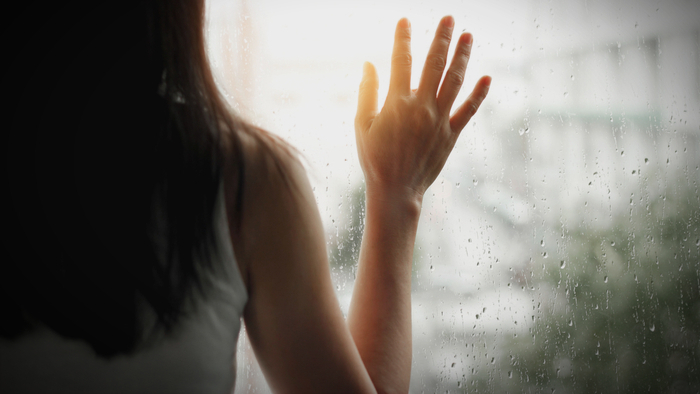Domestic Violence Reports Spike During Pandemic

As countries impose lengthy lockdowns to combat the spread of the coronavirus, reported cases of domestic abuse have spiked around the world. In the weeks since populations worldwide have been directed to “stay home” to prevent the virus’s spread, cases of domestic violence have surged — and that’s reported cases. Women who are victimized are now confined to isolated homes with abusive partners whose coercive and physically violent tendencies are enabled and further inflamed by economic stressors. Supportive community ties are severed, while emergency services, shelter systems, and social services are overwhelmed and congenitally underfunded.
Millions of Americans are not safe from violent abuse at home and now the federal, state and local governments are telling everyone to stay home – for their own safety. For some people, going to work may be their only reprieve from emotional abuse and violence. For others, the only place their children are safe from abuse is at school. Now they have been told to stay at home. Few jobs are completely safe from the economic fallout of the coronavirus crisis and stressed abusers have their targets at home.
According to statistics released by the U. N., reports of domestic violence in France rose 30% following the country’s lockdown on March 17; during the first two weeks of lockdowns in Spain, the emergency number for domestic violence received 18% more calls; and help lines in Singapore have received 30% more calls. In the US, law enforcement agencies have seen domestic violence cases rise up to 35% in recent weeks. Keeping in mind, that 50% of domestic abuse cases go unreported.
Advocates fear domestic violence survivors may have trouble getting away from their abusers and are calling the rise an epidemic during a pandemic. They are urging communities around the world to make sure resources are readily available for survivors. Even before the pandemic, an average of 20 people in the United States experienced physical domestic violence every minute. Research shows 1 in 4 adult American women and 1 in 7 adult American men have experienced some type of severe violence – including being hit with something hard, being kicked or beaten, or being burned on purpose – at the hands of an intimate partner.
Advocates are already seeing a pattern of increasing domestic violence around the world, correlating with the timing of social distancing lockdowns. In Seattle, one of the first U.S. cities to have a major outbreak, the police saw a 21% increase in domestic violence reports in March. In Texas, during March the Montgomery County District Attorney saw a 35% increase in domestic violence cases. Police around the country are adapting their domestic violence response plans to prepare for the expected increases and to ensure victims can get help even with restrictions on public movement.
Many organizations that serve survivors of domestic violence may also struggle to stay afloat during the pandemic. Many child-protective organizations are experiencing strain with fewer workers available, so they may be unable to conduct home visits in areas with stay-at-home orders. While such operational changes may lead to inaccurate reporting of child abuse and neglect, many advocates are expecting a surge in cases to continue to rise while they’re resources are still limited during the pandemic. The recent US$2 trillion federal CARES Act included assistance for nonprofits that provide support for domestic violence victims, letting them apply for business loans and help meeting payroll.



Comments
Not found any comments yet.